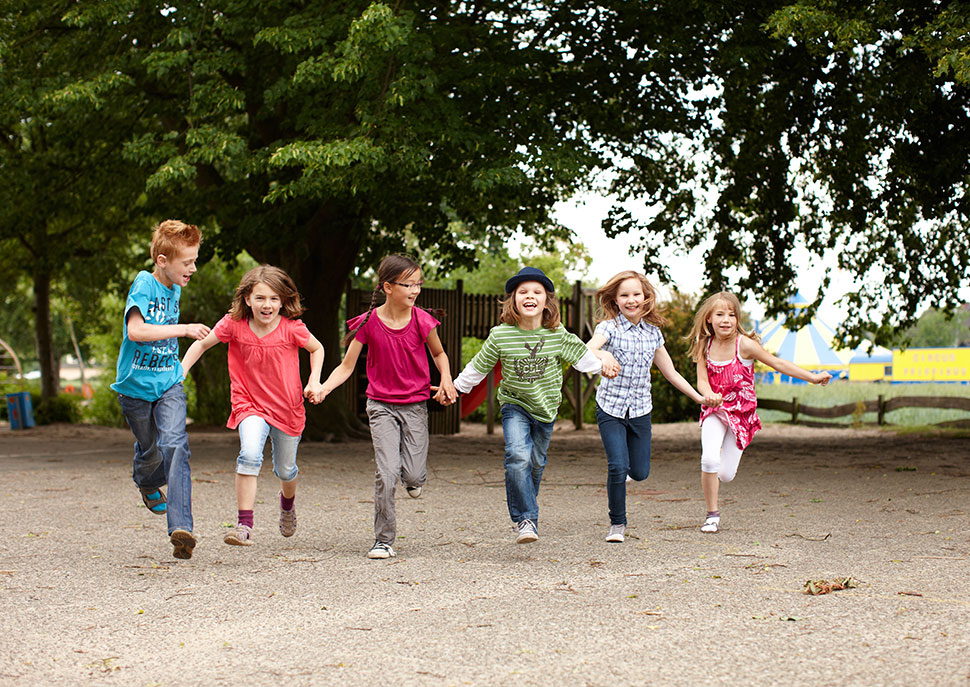
In 2000, the survey comprised 332 children and adolescents; in 2017, 532 took part. On both occasions, there were three age cohorts: 8, 11 and 14 years.
The same six schools in three middle-class areas were studied both times. Similar protocols, procedures and instruments were used — in this case pedometers, which count steps per day. The study thus captures children’s everyday physical activity, rather than just sports activities, which had previously been studied more.
Identifying the less active
The average number of steps was unchanged among 8-year-old girls in both survey years but 8 per cent higher among 8-year-old boys in 2017. For the 11-year-olds, the number fell by 12 per cent across the board, while the largest decrease was for the 14-year-olds: 30 and 24 per cent for boys and girls respectively.
‘These are worrying results. But with simple methods such as pedometers, relatively inactive children can be identified. They can then be given opportunities through both targeted pedagogical efforts at the school and intervention programmes,’ says Anders Raustorp of the Department of Food and Nutrition and Sport Science, who published the study in Acta Paediatrica jointly with his departmental colleague Andreas Fröberg.
Intervention programmes may concern more active ways of getting to and from school, school playgrounds adapted to encourage activity during breaks or prescribed physical activity for children and adolescents.
Extra sport and health
From autumn 2019, 100 hours of additional physical education and health instruction are to be introduced at schools, in the form of an additional 45-minute sports lesson in the lower secondary years (7–9) of compulsory schooling.
The recommended number of daily steps is 13,500 for 14-year-old boys and 12,000 for 14-year-old girls. In the current study, the actual number of steps taken by the boys fell from 15,353 in 2000 to 10,718 in 2017. For the 14-year-old girls, the corresponding figures were 12,742 in 2000 and 9,690 in 2017.
‘The main explanation we find is the dramatic rise in Internet use on phones, iPads, tablets and e-readers in young people’s everyday lives since 2010, which has probably caused a fall in activity,’ Raustorp says.
The current study is in line with the results published in autumn 2018 by the Swedish School of Sport and Health Sciences (GIH), showing a drastic decline in young adults’ fitness.
